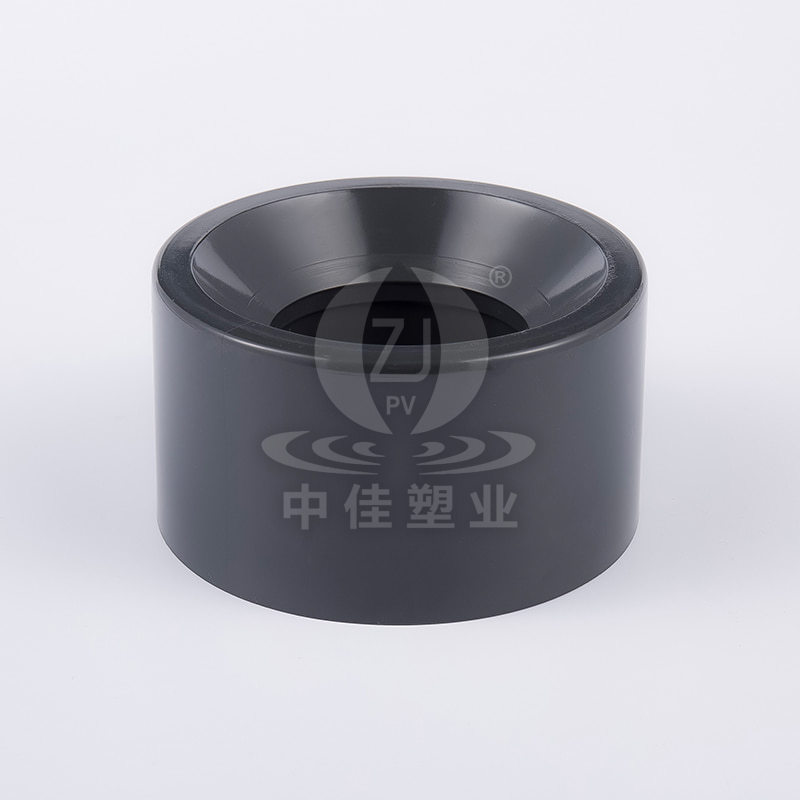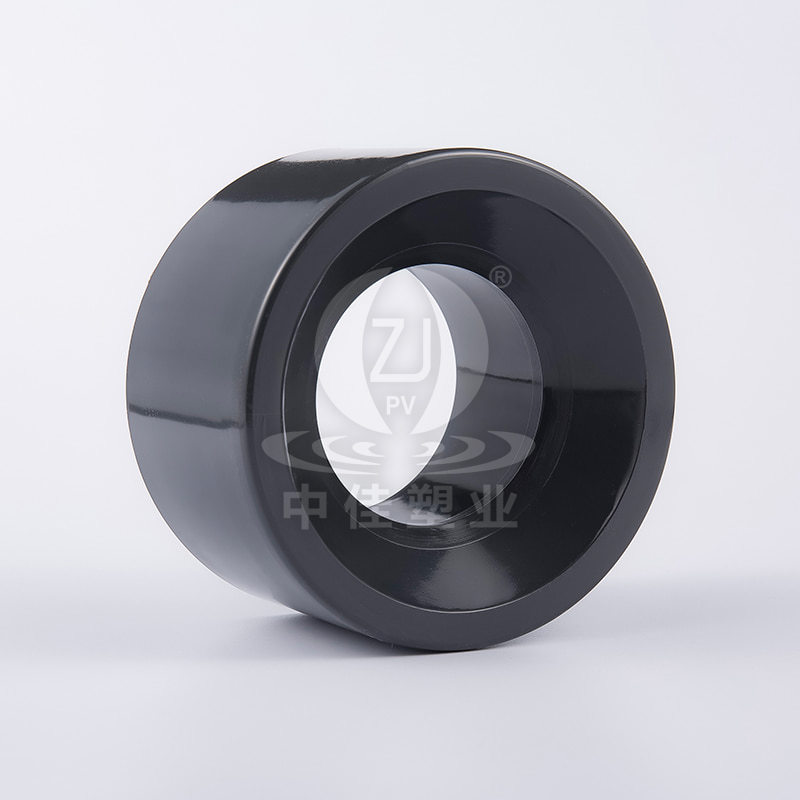

In the world of plumbing, piping, and industrial fluid systems, fittings play a crucial role in ensuring functionality, compatibility, and safety. One such important yet often overlooked component is the reducing bush. Although small in size, it holds immense value in adapting piping systems and ensuring seamless flow and connection between different components. But what exactly is a reducing bush, and why is it widely used across various industries?
What Is a Reducing Bush?
A reducing bush, sometimes referred to as a reducing bushing, is a type of pipe fitting used to connect pipes or fittings of different sizes. It effectively reduces the diameter of a larger fitting or pipe opening to a smaller one, allowing the integration of mismatched components in a system.
For example, if you have a 2inch threaded pipe and need to attach a 1inch pipe, a reducing bush can bridge the size gap, providing a secure and leakproof connection.
Reducing bushes are commonly available in threaded or socketed forms, depending on the type of pipe connection—whether it’s for threaded steel piping, plastic PVC/CPVC systems, or copper tubing.
How Does a Reducing Bush Work?
The working principle of a reducing bush is straightforward:
The outer side of the bush matches the larger fitting or pipe.
The inner side matches the smaller pipe or fitting to be connected.
Once the bush is screwed or inserted into the larger pipe opening, the smaller component can be connected securely to its inner thread or socket. This simple, elegant solution allows users to maintain system integrity without needing to replace or rebuild entire piping networks.
Where Are Reducing Bushes Commonly Used?
Reducing bushes are incredibly versatile and used in a wide variety of systems and industries:
Plumbing Systems
In residential and commercial buildings, reducing bushes connect pipes of varying sizes—especially in renovations where pipe standards may differ.
Irrigation Systems
Reducing bushes allow the integration of various irrigation components, like valves, pipes, and emitters of different diameters.
HVAC Systems
They are used in heating and cooling systems to adapt ducting and piping components while maintaining system pressure and flow.
Chemical and Industrial Plants
Reducing bushes made from specialized materials are used to handle corrosive or highpressure fluids in process plants.

Automotive and Mechanical Systems
They are used in fuel lines, hydraulic systems, and engines to match pipes, hoses, and gauges of different sizes.
Compressed Air and Pneumatic Systems
Bushes allow for the connection of tools and hoses with varying diameters, ensuring efficient air delivery.
What Materials Are Reducing Bushes Made Of?
Reducing bushes are manufactured using a variety of materials to suit different environments, including:
Brass: Corrosionresistant and ideal for water, air, and noncorrosive gases.
Stainless Steel: Durable, corrosionresistant, and used in sanitary or aggressive environments.
PVC / uPVC / CPVC: Lightweight and chemicalresistant, often used in residential plumbing and chemical applications.
Carbon Steel: Common in industrial and oil/gas pipelines, offering high strength and pressure resistance.
Bronze: Excellent for marine and hot water applications due to high corrosion resistance.
Nylon or Plastic Composites: Lightweight and inexpensive; used in irrigation and lowpressure systems.
The choice of material depends on factors like temperature, pressure, fluid type, and corrosiveness of the environment.
What Are the Different Types of Reducing Bushes?
Reducing bushes come in several configurations based on their connection type:
Threaded Reducing Bush
Features male and female threads.
Common in metal plumbing, gas lines, and highpressure systems.
Socket (Solvent Weld) Reducing Bush
Designed for plastic pipes.
Connected using solvent cement or adhesive.
Common in PVC and CPVC plumbing systems.
Hex Head Reducing Bush
Has a hexagonal outer head for easy tightening with a wrench.
Used in highpressure threaded applications.
Flush or CounterSunk Reducing Bush
Designed to sit flush with the surface.
Useful in aesthetic or spacerestricted installations.
What Are the Advantages of Using a Reducing Bush?
The reducing bush offers several practical advantages in system design and installation:
Adaptability
Allows connections between components of different sizes without requiring expensive redesigns.
Compact Design
Takes up less space than using a combination of larger fittings or reducers.
CostEffective
Much cheaper than replacing entire pipe sections or fittings.
Quick Installation
Threaded or solventweld bushes are easy to install and remove.
Leak Prevention
When installed correctly, bushes offer a tight seal, minimizing the risk of leaks.
Versatility
Available in multiple materials, sizes, and types to match virtually any piping system.
How to Select the Right Reducing Bush?
Choosing the appropriate reducing bush depends on a few critical considerations:
Pipe and Fitting Sizes: Make sure the inner and outer dimensions match your system.
Material Compatibility: Match the bush material with the pipe and the fluid being transported.
Pressure Rating: Ensure the bush can withstand the system's working pressure.
Installation Environment: Consider exposure to temperature changes, chemicals, or UV light.
Connection Type: Choose between threaded, socket, or compression types based on your pipe configuration.
For safety and longevity, it's always advisable to follow manufacturer guidelines and industry standards when selecting a reducing bush.
How Is a Reducing Bush Installed?
Installation varies by type:
Threaded Bush:
1. Apply PTFE tape or pipe sealant to the male threads.
2. Screw the bush into the larger fitting until handtight.
3. Use a wrench to tighten further, but avoid overtightening.
4. Attach the smaller pipe or fitting to the bush.
Socket Bush (PVC):
1. Clean and dry both the bush and pipe ends.
2. Apply primer (if needed) and solvent cement.
3. Insert the bush into the larger pipe/fitting socket.
4. Hold for a few seconds to ensure bonding.
5. Insert and bond the smaller pipe into the inner socket.
Always ensure alignment and follow safety procedures, especially in highpressure or hazardous environments.
What Problems Can a Reducing Bush Solve?
Reducing bushes solve common piping challenges, such as:
Connecting old systems with modern fittings
Reducing inventory of differentsized fittings
Simplifying system layouts
Fixing retrofits and modifications
Improving system flexibility without major changes
This makes them indispensable in maintenance, construction, and system upgrades.
Conclusion
A reducing bush may seem like a small and simple component, but its role in ensuring efficient, flexible, and costeffective piping systems is undeniable. By allowing differentsized pipes and fittings to connect seamlessly, it helps maintain flow continuity and structural integrity across various industries.
Whether you're dealing with plumbing renovations, industrial fluid transport, or irrigation systems, having the right reducing bush on hand can save time, reduce costs, and avoid complications. Its compact design, diverse material options, and easy installation make it a goto solution in both everyday plumbing and specialized engineering applications.